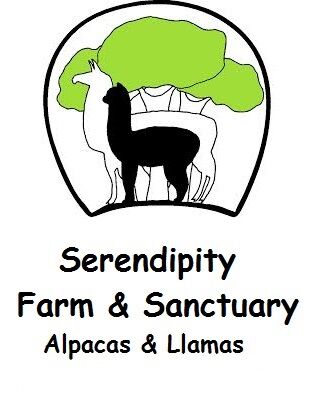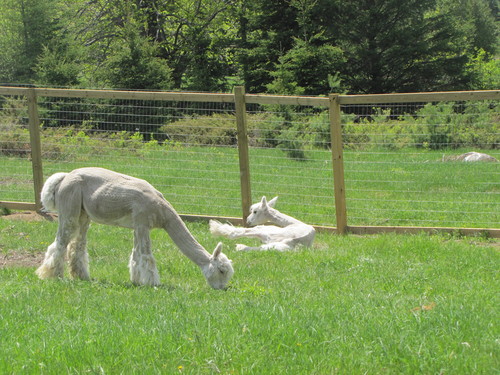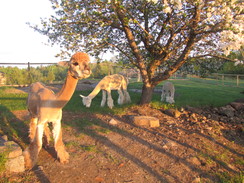Alpacas - Friendly to our Environment!
Alpacas are one of Mother Nature's Favorite Farm Animals
- Alpacas originated in South America and have been domesticated
for more than 5,000 years. - They are members of the Camelid Family, which also includes:
Camels, Guanacos, Llamas, and Vicunas. - Alpacas are VERY Environmentally Friendly animals!
- Alpaca’s do not have cloven hooves – their feet
are padded and they leave even the most delicate terrain undamaged. - The alpaca is a modified ruminant with a three-compartment stomach. It converts grass and hay to energy very efficiently.
- They are very “frugal eaters” – eating very little and able to eat many different weeds, trees, grasses. Alpaca do not do well on lush rich pastures – Lanark Highlands fields are perfect!
- Alpacas cut off grass rather than tearing it out – the grass starts to regrow immediately.
- Its camelid ancestry allows the alpaca to thrive without consuming very much water, although a fresh water supply is necessary.
- A herd of alpacas consolidates its poop in one or two spots in the pasture, thereby controlling the spread of parasites.
- South American Indians use alpaca dung for fuel and gardeners find the alpaca’s rich fertilizer perfect for growing fruits and vegetables – it can be used with or
without composting. - Dried “Alpaca Beans” (Poop!) can be soaked in water to make an excellent fertilizer “tea”!
- Alpacas do not need elaborate barns – just basic shelter from snow, wind and rain during really bad weather.
- Alpacas produce very fine fiber than can be spun and woven or knitted into beautifully soft and allergy-free clothing. The coarser fiber can be used to make long-wearing rugs. An alpaca produces enough fleece each year to create several soft, warm sweaters.
Tuesday, March 15, 2016


